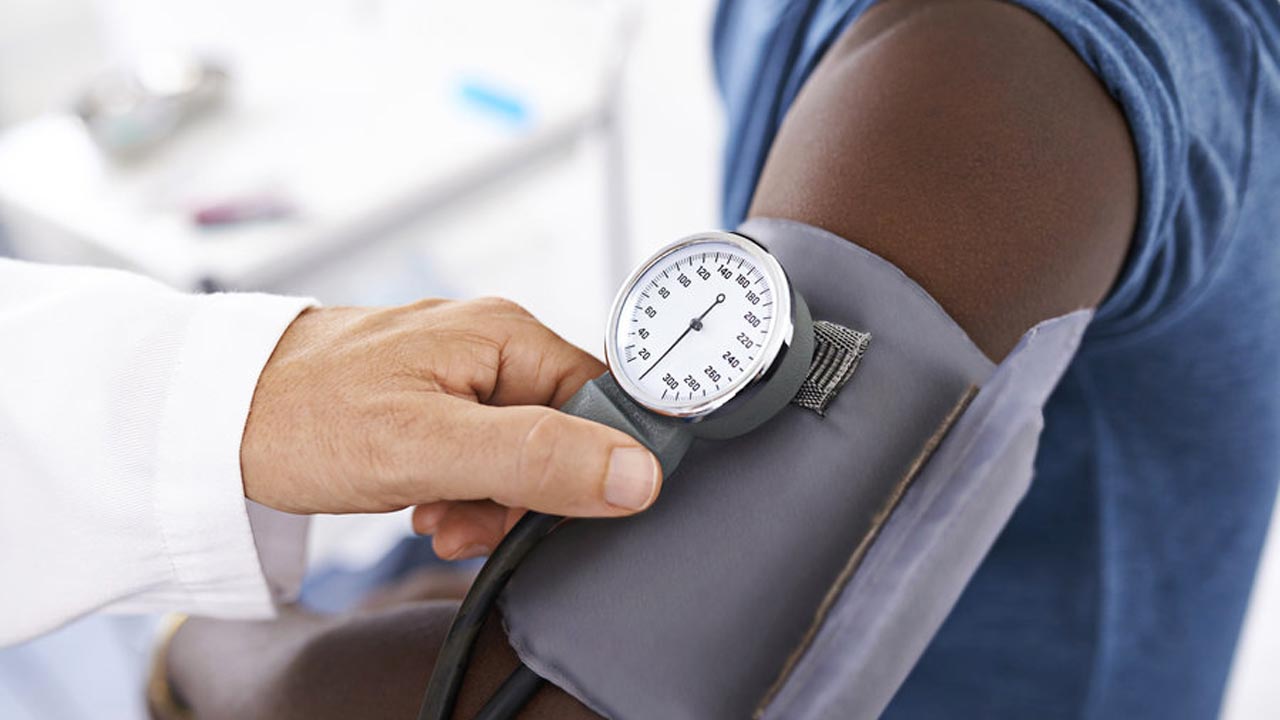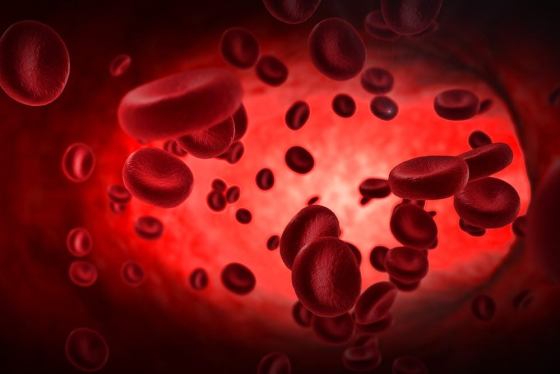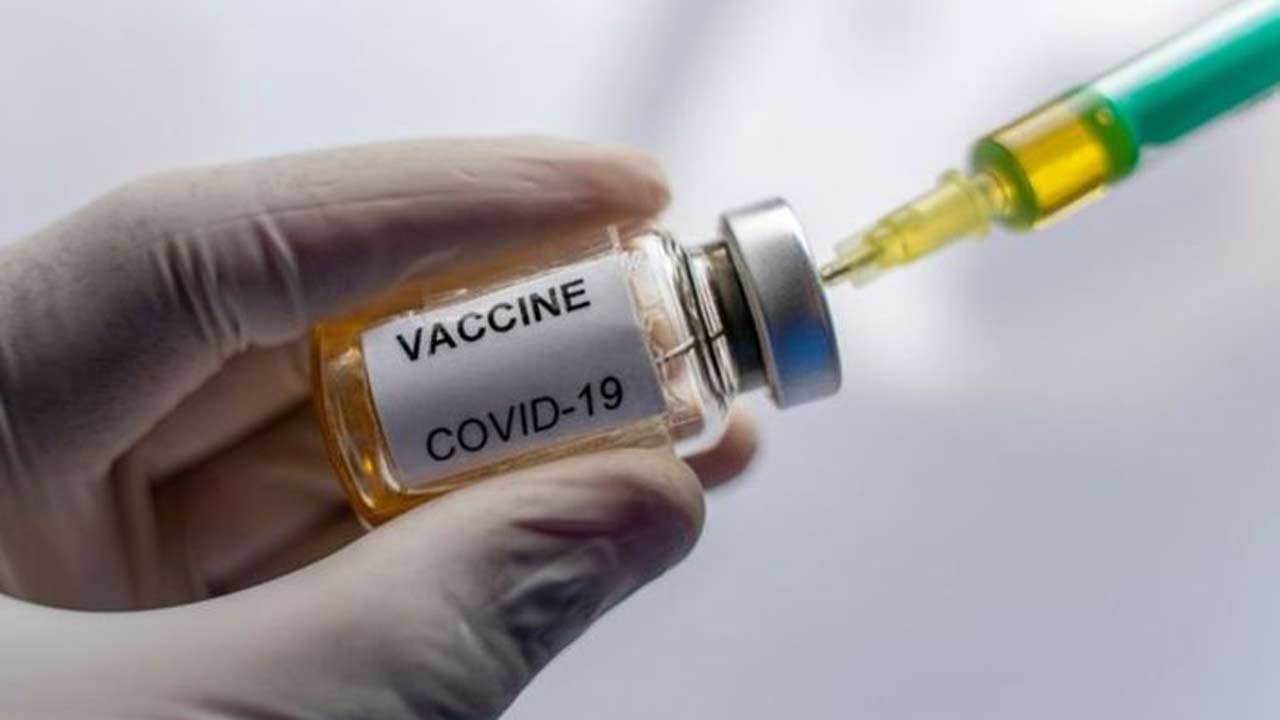The predictions that epidemics and pandemic such as the Coronavirus disease (COVID-19) are often followed by unrest have raised concerns especially in countries that are already battling civil unrest and wars.
Indeed, from the Black Death to the Spanish Flu, history teaches that social tension accumulated over an epidemic can lead to significant episodes of rebellion.
Professor of Political Science at Bocconi, Massimo Morelli, in a paper recently published in the journal Peace Economics, Peace Science and Public Policy noted: “The social and psychological unrest arising from the epidemic tends to crowd-out the conflicts of the pre-epidemic period, but, at the same time it constitutes the fertile ground on which global protest may return more aggressively once the epidemic is over.”
Morelli and Roberto Censolo of the University of Ferrara argued that people could get an informed opinion about the possible effects of COVID-19 on protest and future social unrest by looking at the great plagues of the past, so they analyse 57 epidemic episodes between the Black Death (1346-1353) and the Spanish Flu (1919-1920). They stated that while the epidemic lasts the status quo and incumbent governments tend to consolidate, but warned that a sharp increase in social instability in the aftermath of the epidemic should be expected.
Revolts not evidently connected with the disease are infrequent within an epidemic period, but epidemics can sow other seeds of conflict. Government conspiracy, “the filth of the poor”, foreigners and immigrants have often been singled out as the cause of an epidemic. “Overall, the historical evidence shows that epidemics display a potential disarranging effect on civil society along three dimensions,” the authors wrote.
“First, the policy measures tend to conflict with the interest of people, generating a dangerous friction between society and institutions. Second, to the extent that an epidemic impacts differently on society in terms of mortality and economic welfare, it may exacerbate inequality. Third, the psychological shock can induce irrational narratives on the causes and the spread of the disease, which may result in social or racial discrimination and even xenophobia.”
Focusing on five cholera epidemics, Morelli and Censolo count 39 rebellions in the 10 years preceding an epidemic and 71 rebellions in the 10 years following it.
On the other hand, the authors noted that in the short-term, governments’ bid to reinforce power might strategically exploit the necessary restrictions of freedom during an epidemic.
Meanwhile, scientists have found that Russia’s COVID-19 vaccine might actually protect people from catching the disease.
The vaccine became the first in the world to be approved for mass use last month, with Vladimir Putin promising nationwide injections in October.
The move sparked uproar in the scientific community because there was no evidence to prove the vaccine - dubbed Sputnik V - worked or was safe.
And it later emerged that British spies had detected a Russian cyberattack on Oxford University scientists who are developing an almost identical vaccine, raising fears that Moscow might have tried to steal research from the United Kingdom (UK).
But results from two early clinical trials done in Moscow and published in the prestigious British journal The Lancet, indicate the vaccine is safe and effective.
The Russian scientists behind the studies said the jab stimulated an immune response in all inoculated participants and did not cause any serious health issues.
An experimental medicine expert at Imperial College London, Prof. Peter Openshaw, said: “It is important to emphasise that this vaccine has not been approved or even fully tested. The Russian health authorities are discussing the process for possible World Health Organisation (WHO) pre-qualification as an approved vaccine.
“There are currently 19 vaccines that have been tested for the ability to generate antibody (Phase I), another 11 that have passed this stage and gone on to expended testing (Phase II), eight at Phase III and one vaccine approved for limited use.
“So far, it is reported that the Russian vaccine has undergone less than two months of human testing in a total of 38 people. It appears to be at Phase I or II. According to news sources, there is a Phase III trial of 1,600 people planned. That’s not actually very large for a vaccine trial and would assume a high rate of infection in the volunteers.”
Openshaw suggested that the type of vaccine the Russians have produced would be likely to cause mild side effects such as fever, headache and tiredness.
Meanwhile, scientists have designed a rapid, portable COVID-19 test that can provide results on a smartphone. Its developers claim that it could broaden access to affordable testing in regions that lack expertise, infrastructure, and specialized equipment for laboratory-based testing.
Meanwhile, antibodies studies have shown that Africa has achieved acceptable COVID-19 resistance.
The study led by a molecular epigenetics specialist, South Eastern Kenya University, Prof. Josphert N. Kimatu, showed the scientific reasons why African countries should reopen their schools and universities.
The researchers concluded: “These are antibodies studies which have been done in various parts of the African continent and we can use them to extrapolate into the future of the COVID-19 pandemic. Nobody will decide the fate of Africa except the African scientists who shall inform our political leaders to make decisions based on scientific facts. We currently do not have an African center for consolidating our continental research; therefore I have consolidated the research on SARS CoV-2 antibodies status in Africa to assist us in making an informed decision.
“The final conclusion is that Africa has currently surprised the expectations of global scientists by achieving herd immunity faster than it was expected. There is, however, need to keep the precautions of protecting the old and the chronic sick people from the SARS CoV-2 virus exposure. However, the rest of the African society can continue with their normal lives as before.”
The following are research-based scientific facts to back the reasoning that the current COVID-19 pandemic is not now a threat in Africa. These findings should inform African leaders to urgently open the economies and education sectors while maintaining the precautions of keeping the elderly and the most vulnerable people with chronic illnesses less exposed to the SARS CoV-2.
RELATEDLY, in June, a large study in the United Kingdom suggested that the steroid dexamethasone could help reduce the risk of death for critically ill COVID-19 patients.
Now, more evidence suggests that steroids are an effective weapon against the coronavirus.
Researchers from the WHO combined data from seven randomized clinical trials for severely or critically ill COVID-19 patients treated with steroids versus standard care or a placebo up to June 9.
The trials used the steroids hydrocortisone, dexamethasone, or methylprednisolone.
People who were on ventilators when their clinical trial started had a 30 percent chance of dying from the virus if given steroids compared with a 38 percent chance on standard care or a placebo, researchers report September 2 in the Journal of American Medical Association (JAMA).
Results were even more promising for critically ill people who were not on ventilators: Those taking steroids had a 23 percent chance of death compared with 42 percent for people taking a placebo or getting standard care.
Sign up for e-mail updates on the latest coronavirus news and research
Results of three of the studies included in the combined analysis — one from France testing hydrocortisone, a trial of dexamethasone in Brazil, and an international study of hydrocortisone — were published at the same time in JAMA. Those and other trials in the WHO analysis were stopped early because it wouldn’t have been ethical to continue and deny some sick patients steroids once the United Kingdom (U.K.) study found them effective.
Based on the results of the combined analysis, the WHO recommended on September 2 that doctors give dexamethasone or hydrocortisone to severely and critically ill COVID-19 patients, but not to people with a milder illness. Giving steroids to people with moderate or mild cases might dampen the immune system too much, allowing the virus to do more damage. The U.S. National Institutes of Health have also recommended the use of steroids for hospitalized people who need extra oxygen or are on ventilators.
Meanwhile, a new portable COVID-19 tests deliver results quickly and can make testing more accessible.
Accurate testing is key to controlling the virus and reducing transmission. Currently, the real-time reverse transcription-polymerase chain reaction (RT-PCR) test is the best way to test for SARS-CoV-2 infection.
In this test, the RNA — a single-strand molecule — goes through reverse transcription. In this process, an enzyme converts the RNA into double-stranded DNA.
After reverse transcription, scientists copy specific regions of the genome, using the PCR process. Then, they introduce primers, which are small sections of DNA that bind to particular DNA sequences of the SARS-CoV-2 genome.
The scientists then insert a fluorescent dye (also called a probe), the swab sample, and the primer into a PCR machine. The scientists register the sample as positive for SARS-CoV-2 if fluorescent signal marks appear.
The United States, Europe, and Asia use the RT-PCR tests widely. While these standard tests are highly scalable, their greatest limitation is that they require a laboratory set-up.
The test needs to run through different temperatures in each cycle to amplify the viral genetic material so that scientists can analyze it. This increases waiting times for results in regions that do not have access to the infrastructure and expertise required for RT-PCR tests.
Considering these limitations, a group of researchers at the University of Illinois Urbana-Champaign set out to design a cheap, fast, and portable test.
In a study published in the Proceedings of the National Academy of Sciences, the Illinois team explained how they developed a prototype test. According to their paper, the test can detect the SARS-CoV-2 virus in less than 40 minutes by using a hand-held reader, 3D-manufactured cartridge, and a smartphone.
Source: Guardian





